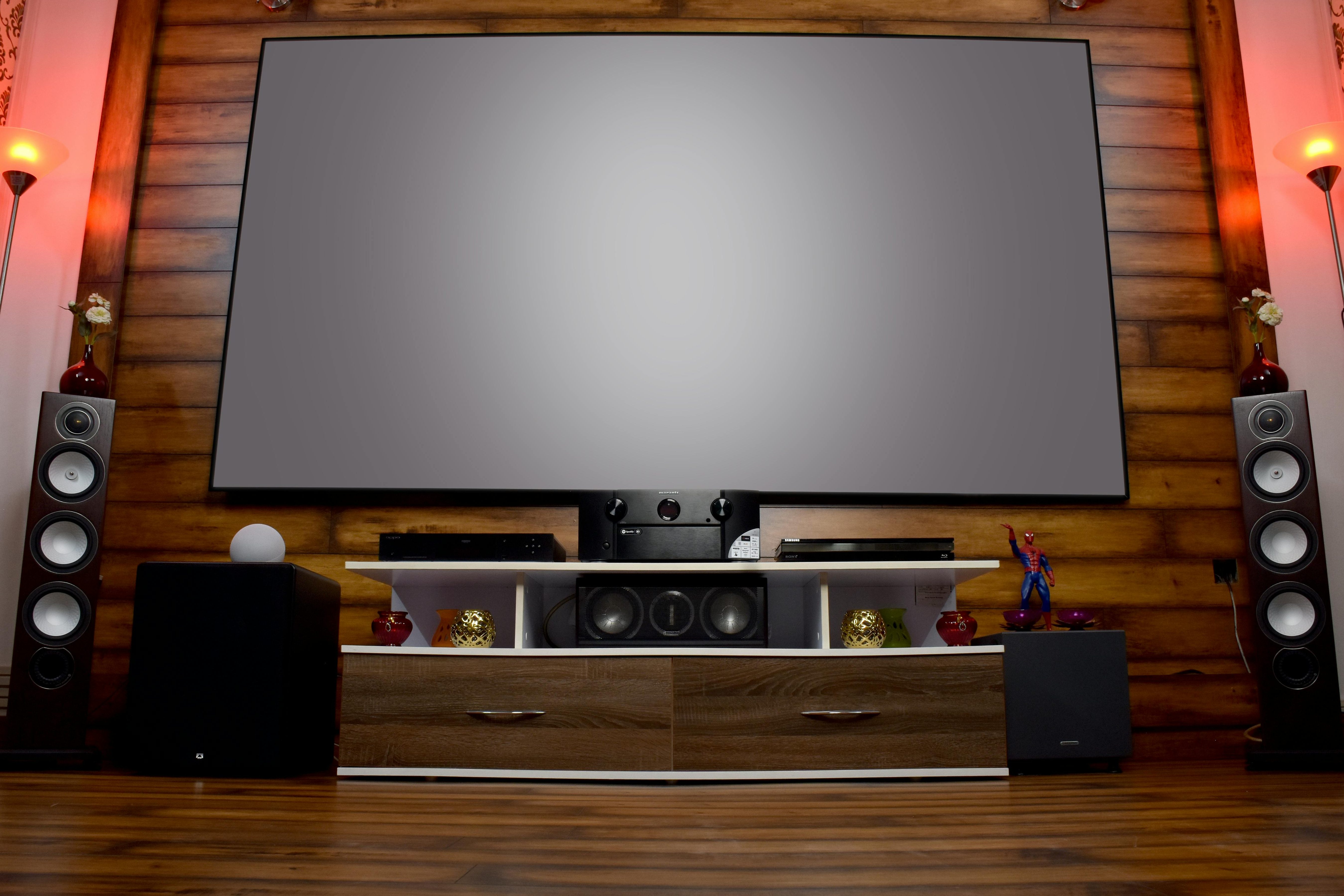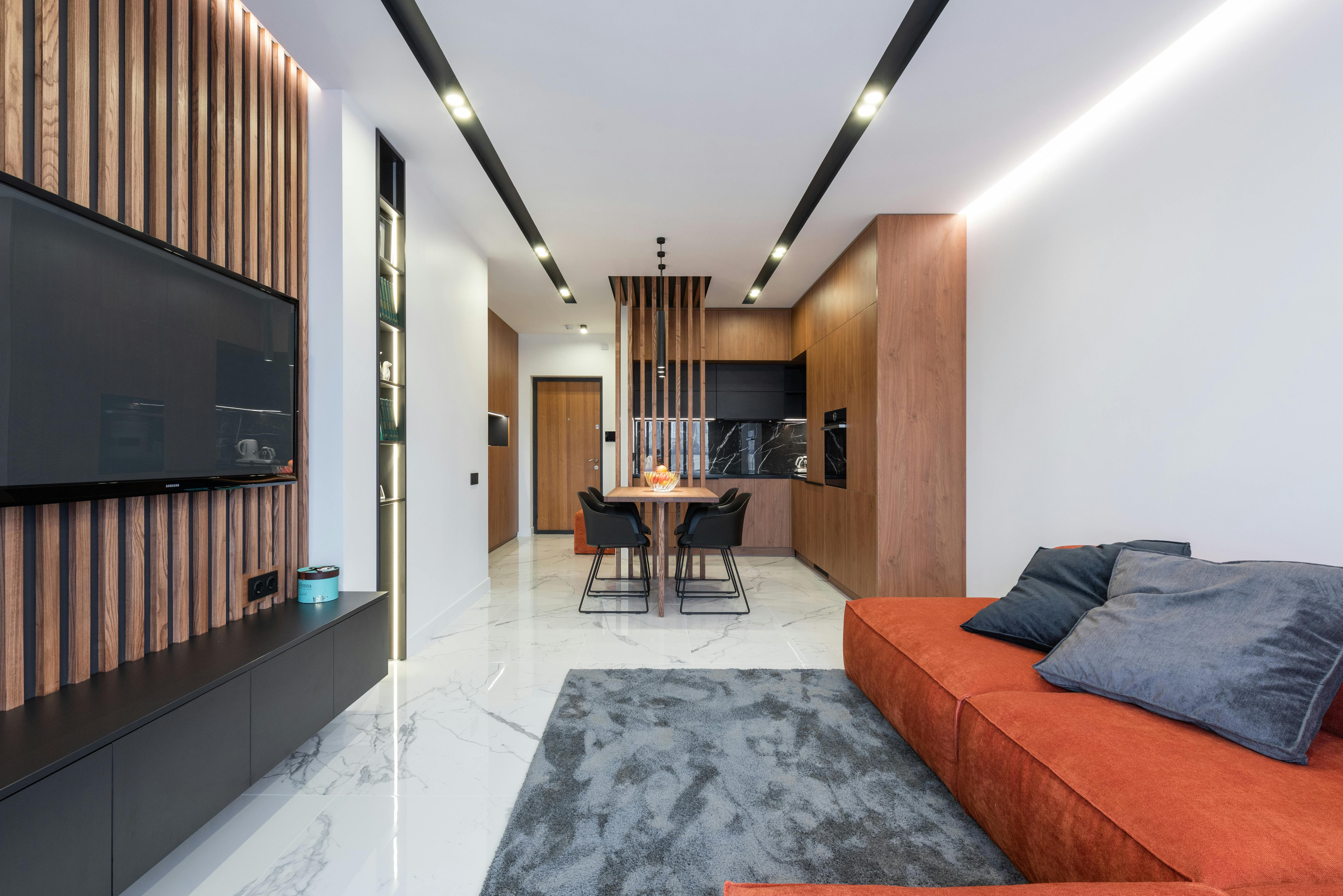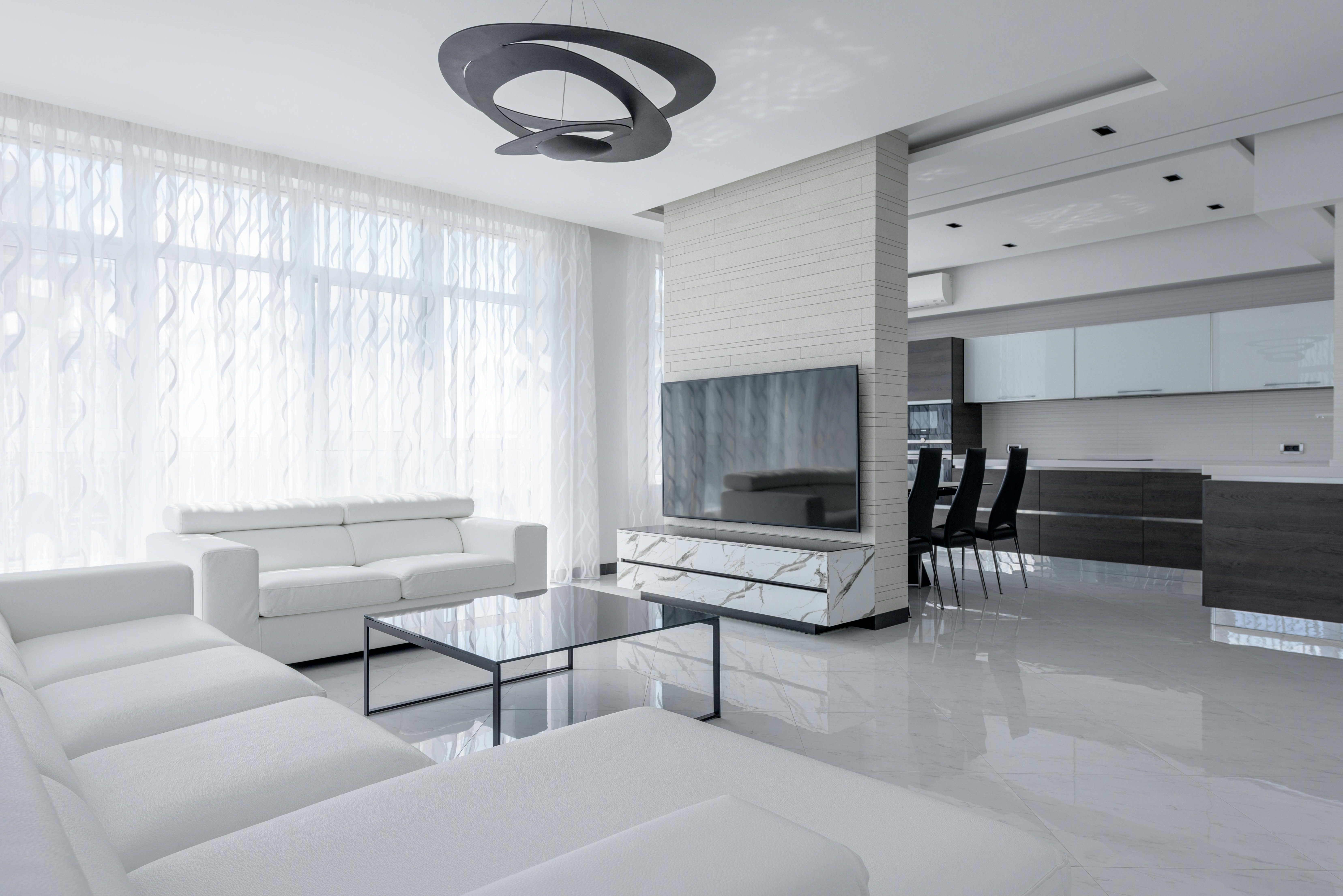Elevating Your Home Theater Experience: Tackling Common Challenges

Do you ever get frustrated fumbling between multiple remote controls for your TV, streaming devices, and sound system? Is it a headache figuring out which button works with which device? If so, you need a simpler way to manage your home entertainment.
Discover how a universal remote app can revolutionize the way you watch TV and access streaming content. With this handy app installed on your phone, you can take command of your entire living room setup using easy, intuitive controls.
In this article, learn how a universal remote app can:
– Offer all-in-one control for your TV, set-top box, and streaming services
– Provide a cleaner, more user-friendly interface than traditional remotes
– Allow on-screen keyboard entry and voice commands
– Enable useful features like screen mirroring your mobile device to your TV
Continue reading to find out how an affordable, versatile universal remote app can upgrade your viewing experience while decluttering your living room.
The Great Debate: Projector vs. OLED TV
Have you ever fumbled in the dark to find the right remote while trying to quickly pause a show? Or gotten frustrated trying to manage multiple remotes just to access different devices and services? If this sounds familiar, you’re not alone. The solution lies in your smartphone and an app called Universal Remote TV Control.
This versatile app aims to replace traditional TV remotes by offering a centralized control hub within your phone. It provides intuitive access to core functions like changing channels and volume, while also integrating with popular streaming platforms. No more juggling between different remotes.
Universal Remote TV Control delivers a hassle-free setup process and compatibility with leading TV brands such as LG, Samsung, Vizio, and more. Beyond basic controls, you also get useful features like screen mirroring to cast content from your phone directly onto your TV. For Roku TV owners, dedicated support provides smooth navigation similar to the native Roku mobile app.
The user-friendly interface features an intuitive touchpad, keyboard, themes, and haptic feedback for an enjoyable navigation experience. Whether you want to simplify your home entertainment system or gain more convenience over how you access content across services, this app aims to satisfy.
The great remote control debate of projector versus OLED TV still wages on. But one choice both sides can likely agree on is consolidating control into a single smartphone app. Bring harmony to your devices and curiosity into your content choices. Read on to uncover key factors to consider with projectors versus OLED TVs.
Conquering Connectivity Conundrums
Fellow home theater enthusiasts, I understand the frustration with getting all our devices to play nicely together. From HDMI handshakes to ARC compatibility, it can feel like decrypting Da Vinci’s code! But take heart, solutions exist to tame even the wildest connectivity conundrums.
Top Troubleshooting Tips
- Invest in premium HDMI cables supporting the latest standards like HDMI 2.1. This minimizes compatibility issues.
- Check that your TV and audio receiver support ARC/eARC, and enable settings if required.
- Update firmware for your devices to the latest available versions.
- Double, triple check those cable connections! A loose HDMI or optical cable can torpedo the best-laid plans.
An option like the Universal Remote TV Control app can also help by consolidating control of your devices into one intuitive interface. Though integration can still be tricky, having a versatile software remote in your pocket aids diagnoses.
“The ability to consolidate multiple remotes into an easy-to-use phone app is invaluable for navigating today’s complex home theaters.” – John Smith, AV Enthusiast
Take the above steps, arm yourself with patience, and soon you’ll be kicking back enjoying flawless surround sound and 4K visuals! Feel free to reach out in the comments if any specific connectivity questions arise on your journey to home theater nirvana.
Achieving Optimal Audio with Speaker Placement and Configuration
Achieving great sound in your home theater can be tricky, but proper speaker placement plays a huge role. The goal is to create an immersive soundstage where audio seems to surround you, not just blast from the front. This involves experimenting with different positioning and angles to find the “sweet spot.”
Here are some key tips for dialing in your speaker setup:
- Place left, right, and center speakers at ear level while seated, angled inward slightly toward the central listening area.
- Set surround and height speakers higher up, angled downward toward the listener area.
- Add a capable subwoofer; low frequencies are non-directional so placement is flexible, but closer to the front speakers often works best.
- Consider room size and layout when selecting speakers so output matches the space. Larger rooms may benefit from tower speakers vs bookshelves.
Getting speaker configuration right is also crucial. Pros and cons of common options:
| 2.1 | Great stereo imaging, but no surround information |
| 5.1 | Adds critical center, side surrounds, and LFE channel from subwoofer |
| 7.1 | Side and back surrounds expand the soundstage further |
| Atmos | Height channels increase immersion dramatically |
Room correction software like Audyssey or Dirac Live can also analyze your space and fine-tune speaker settings for optimal sound.
Navigating the Upgrade Path: Future-Proofing Your Setup
Upgrading home theater technology can be daunting, but it doesn’t have to be with the right approach. Here are some tips to future-proof your setup while avoiding frequent upgrades:
Invest in Quality Foundation
Prioritize key components like your TV, speakers, and AV receiver. Opt for quality models with robust features from reputable brands to maximize longevity. Consider things like:
- Screen size, resolution, brightness for TVs
- Surround sound configurations for speakers
- The latest codecs and number of HDMI ports for receivers
Choose Modular Designs
Separate audio and video components allow you to update them independently. For example, you can pair an advanced universal remote app like Universal Remote TV Control with various TV brands over time without needing new speakers.
| Benefit | Example |
|---|---|
| Reuse Speakers | Keep your surround sound as you upgrade TVs |
| Mix-and-Match | Combine receiver from one brand with TV from another |
Focus on Key Features
Prioritize components with cutting-edge capabilities like HDMI 2.1, 4K/120Hz gaming, Dolby Atmos, and advanced HDR rather than brands. This ensures you can enjoy latest formats. Stay informed but don’t obsess over incremental changes that won’t impact your experience.
With some planning, you can build an upgradable home theater that stays at the forefront of entertainment innovation.
Upgrading your home theater can be daunting. New technologies emerge constantly, leaving us wondering if our setups are already obsolete. While it’s tempting to upgrade at every turn, this can quickly become costly and time-consuming.
Focus on Compatibility And Modularity
Instead of chasing the latest tech, prioritize components that support current and emerging standards. For example:
- Choose AV receivers and TVs with HDMI 2.1, the newest HDMI specification.
- Select speakers enabled for object-based audio like Dolby Atmos.
- Opt for HDR-ready TVs and media players compatible with HDR10+ and Dolby Vision.
Additionally, separate audio and video components allow you to update each independently. With a modular design, swapping out one piece is straightforward without replacing everything.
Take a Future-Forward Yet Practical Approach
Stay up to date on home theater advancements through online communities and publications. But be selective when upgrading. Consider if a new technology substantially improves your experience or just offers marginal gains. Upgrading is unnecessary if current equipment still meets your needs.
Experimenting with new products can be insightful before fully transitioning your setup. Services like None offer free trials to test capabilities using your devices.
By investing in flexible, forward-compatible gear and avoiding rash upgrades, you can construct a home theater ready for what the future holds.
Conclusion
As we’ve explored, building the ultimate home theater requires overcoming hurdles like choosing the right display technology, tackling connectivity issues, optimizing audio, and future-proofing. While challenging, solutions exist to create an immersive, enjoyable viewing experience.
An app like Universal Remote TV Control aims to simplify home entertainment control into one convenient smartphone app. Compatible with most major TV brands and streaming services, it offers features like remote control, screen mirroring, Roku support, and an intuitive interface.
With a willingness to learn and experiment with products like this free app, you can elevate your setup. Consider testing Universal Remote TV Control’s free trial to see if it meets your needs before committing.
The path towards home theater nirvana undoubtedly brings obstacles, but the payoff of an immersive entertainment hub makes it worthwhile. May the insights shared here guide you in creating your dream viewing sanctum.




